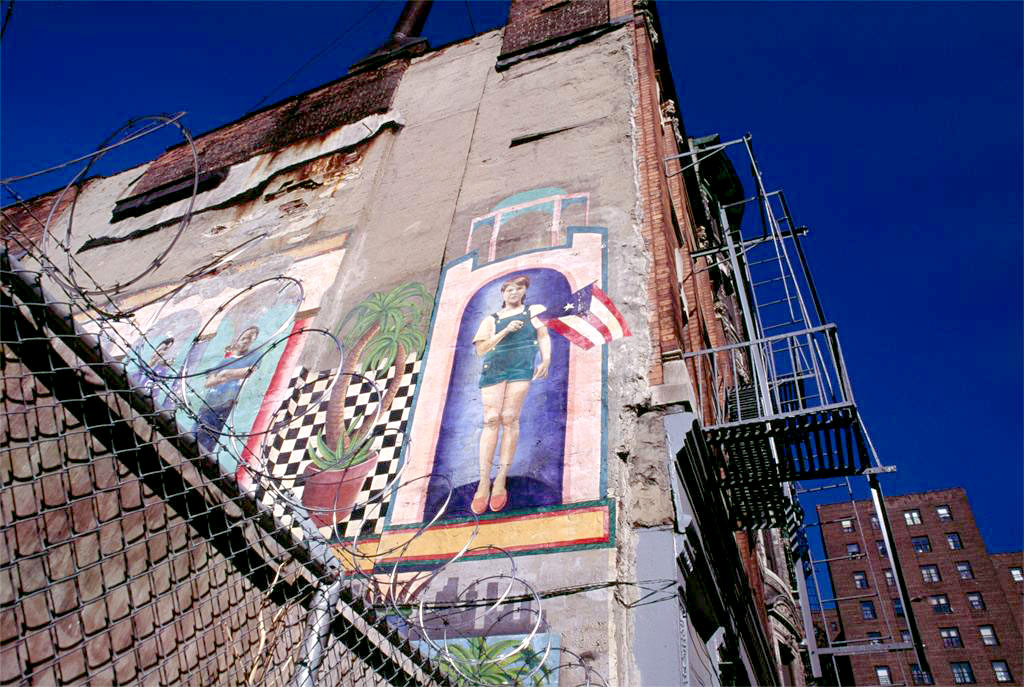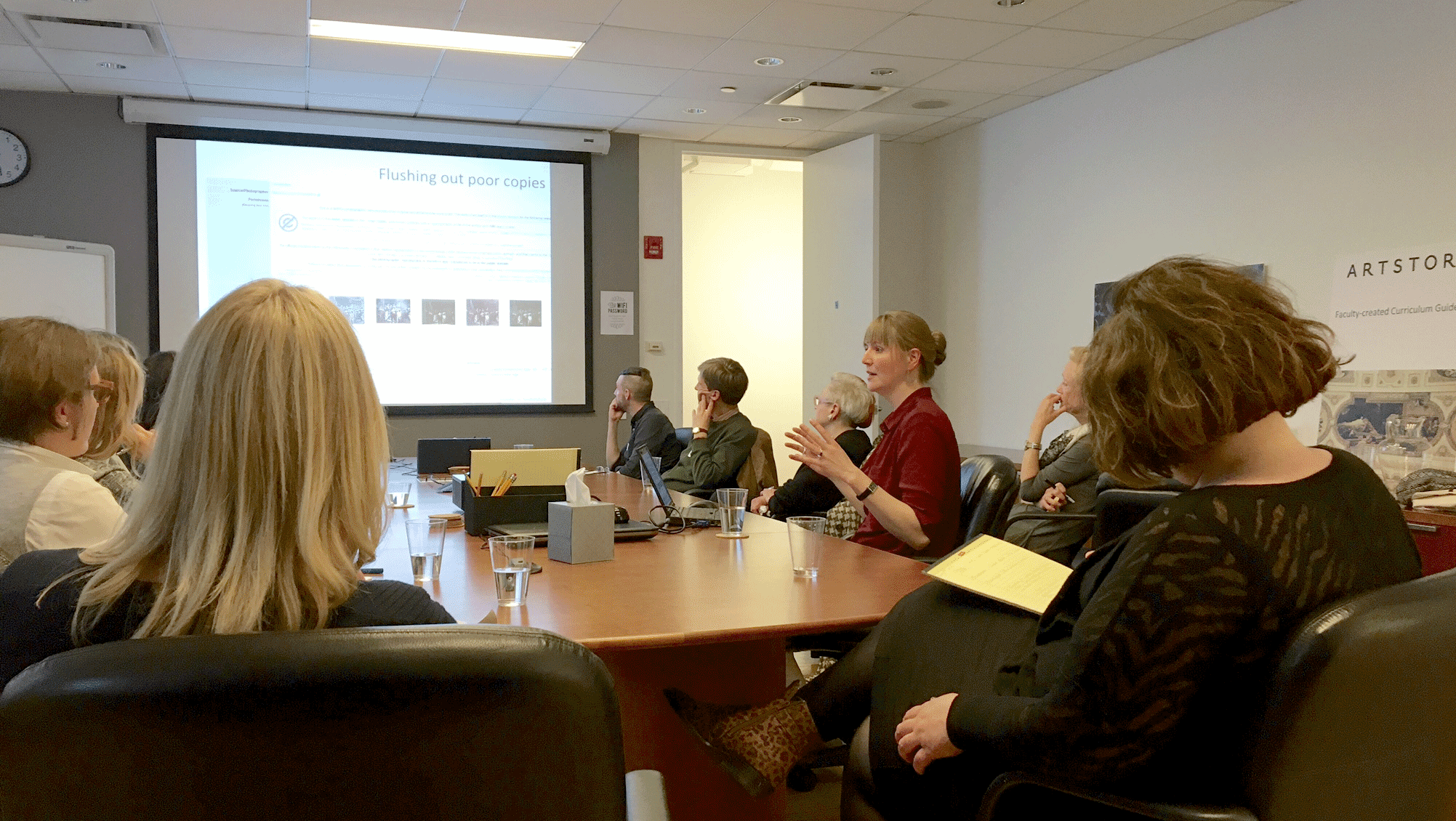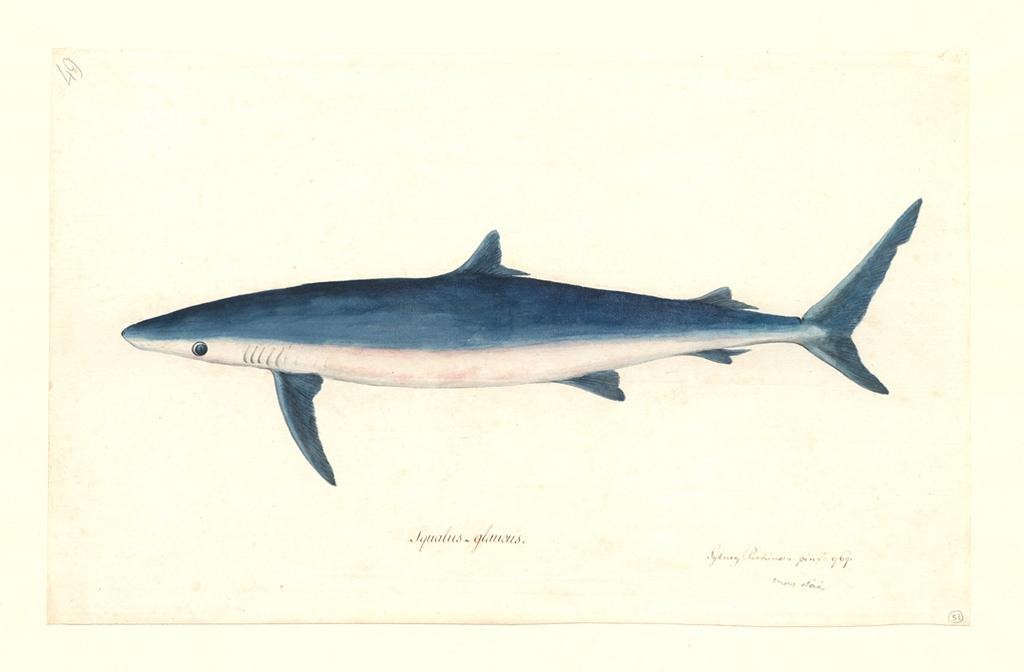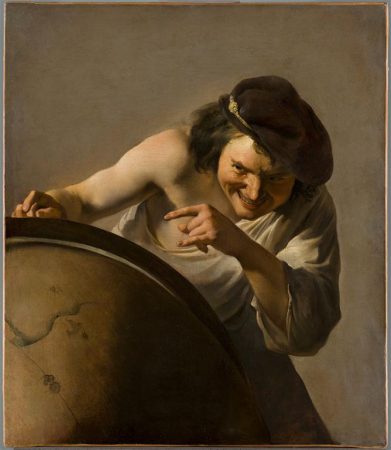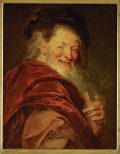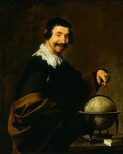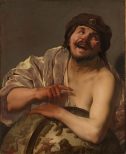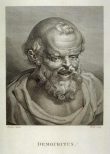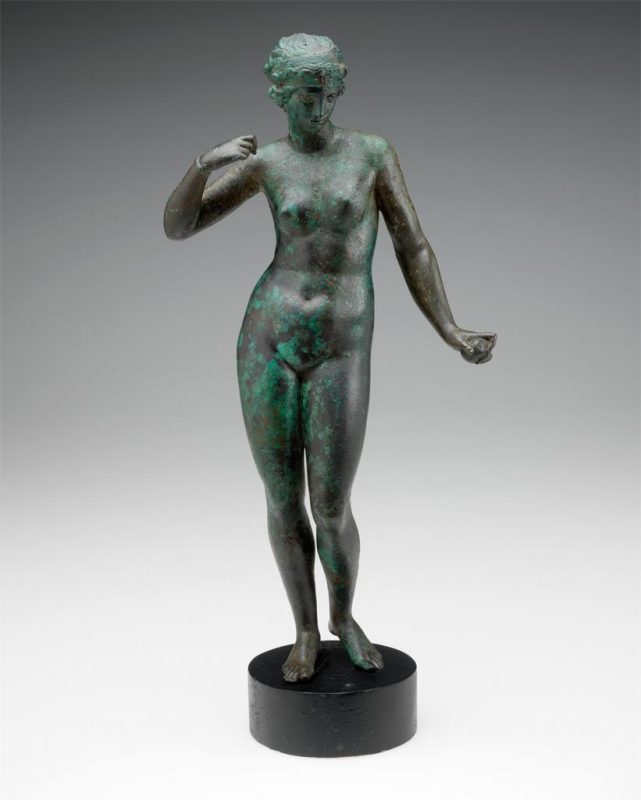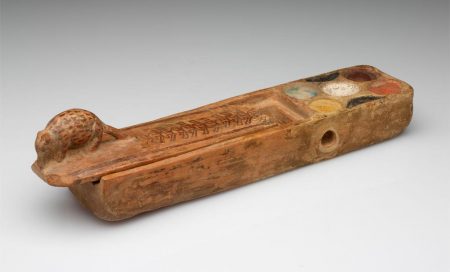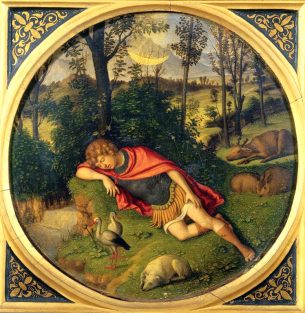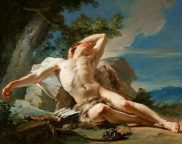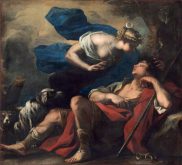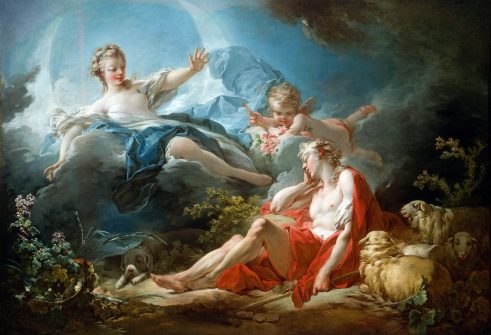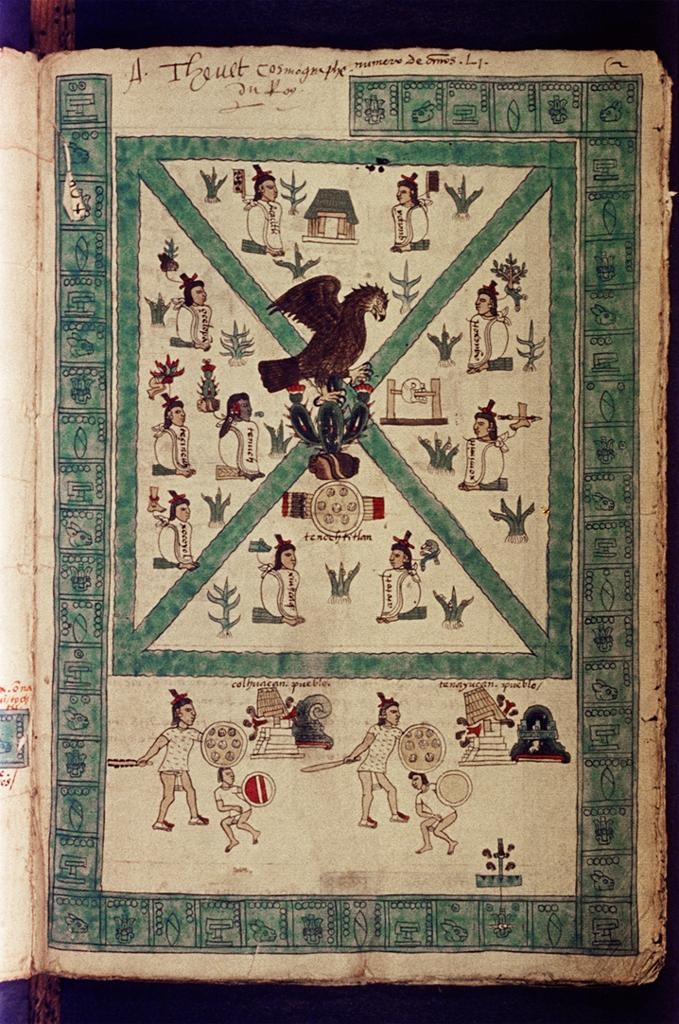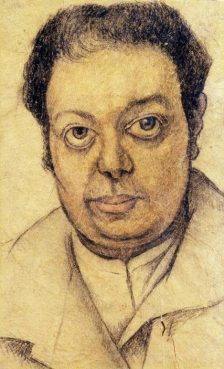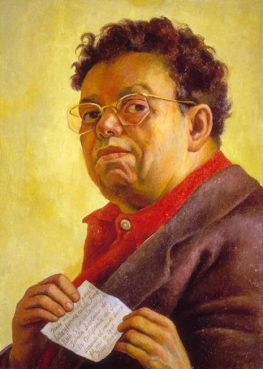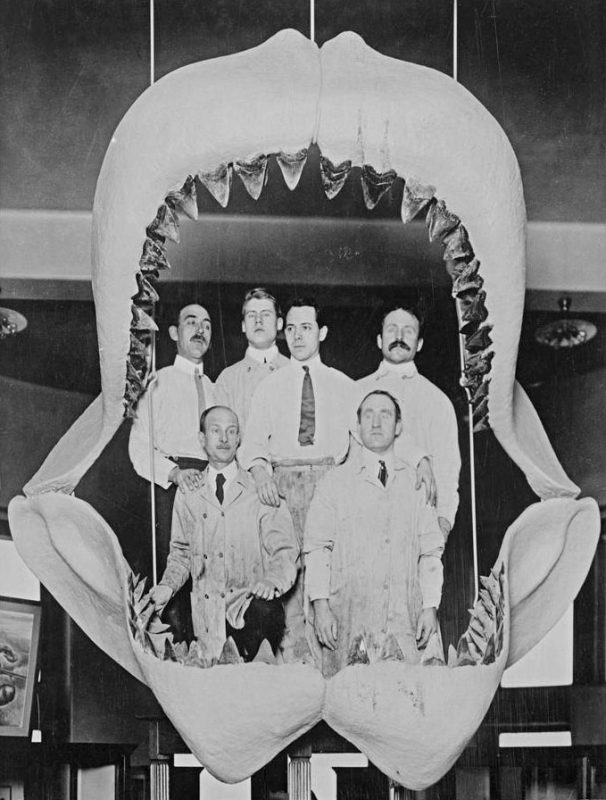
Paleontology staff posing with Fossil Shark Jaws. Image and original data provided by Library, American Museum of Natural History, Anthropology Department, American Museum of Natural History
These photographs of six members of the American Museum of Natural History (AMNH) Paleontology staff sitting inside the massive jaws of a Carcharocles megalodon are the stuff of nightmares—and, of course, just the thing for Shark Week.
Yet, as Brian Switek writes on ScienceBlogs, they’re the result of a miscalculation. “[T]he famous jaws were reconstructed by assuming that the teeth of the extinct shark would have had the same proportions to the jaw as in the living great white shark (Carcharodon carcharias), yielding a maw that would have fit a shark 100 feet long or more.”
